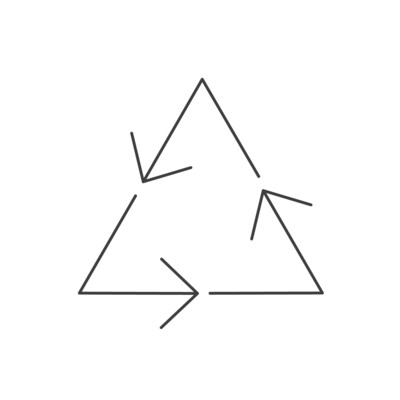Helmets
Cleareance Sale:- Great discounts offered to deplete our stocks. Once gone we will not be replenishing or supports new helmet sales. Please follow the link to see our clearance stock and Discounted Pricing.
Please note:- We will no longer be supplying new helmets to order. We have left the listings up on the website so you can see specifications of the various helmets that we have in stock.
You will not be able to order via the website. Please contact us direct.

